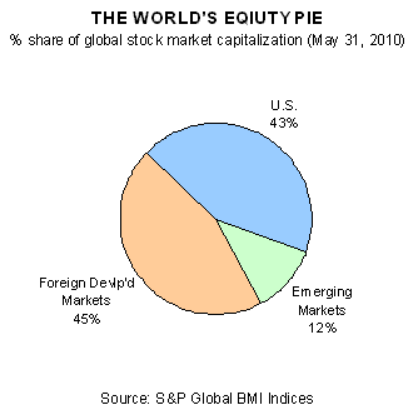Understanding how macroeconomic indicators influence equity markets can offer valuable insights for investors aiming to optimize their portfolios. By examining the interplay between economic trends and sector performance, one can make more informed allocation decisions.
Sector Allocation Within a Single Market
Export Growth and the Energy Sector
A surge in export activity often signals robust industrial demand, which can benefit energy companies involved in supplying fuel and power. When a country’s exports grow significantly, energy firms may experience increased demand, potentially leading to higher stock returns in this sector.
Services Sector Confidence Impacting Health Care and Utilities
Positive sentiment within the services sector can be a harbinger of growth for industries like health care and utilities. When service-oriented businesses express optimism about economic conditions, it may reflect broader consumer confidence and spending, which can, in turn, boost these sectors.
Consumer Confidence and Real Estate Performance
High levels of consumer confidence often correlate with increased spending and investment in real estate. When consumers feel secure about their financial future, they’re more likely to invest in property, driving up demand and potentially enhancing returns in the real estate sector.
Cross-Country Sector Allocation
Export Growth as a Predictor of Country Performance
Countries experiencing higher export growth relative to others may offer better investment opportunities. Strong export figures can indicate a competitive economy, which might translate into superior performance of local equities compared to those in countries with weaker export metrics.
Manufacturing Confidence and Industrial Stocks
An uptick in manufacturing confidence within a country can suggest a thriving industrial sector. Investors might consider allocating more resources to industrial stocks in nations where manufacturers express positive outlooks, as this optimism can lead to increased production and profitability.
Real Yield Curve Steepness and Financial Sector Returns
The steepness of a country’s real yield curve—the difference between long-term and short-term interest rates adjusted for inflation—can influence the profitability of financial institutions. A steeper curve often benefits banks and financial firms, as it can lead to higher net interest margins, making the financial sector more attractive to investors in such environments.
Conclusion
By closely monitoring macroeconomic indicators like export growth, sector-specific confidence levels, and yield curve dynamics, investors can make more strategic decisions in allocating equities both within and across countries. Understanding these relationships helps in constructing a diversified portfolio that aligns with prevailing economic conditions.
